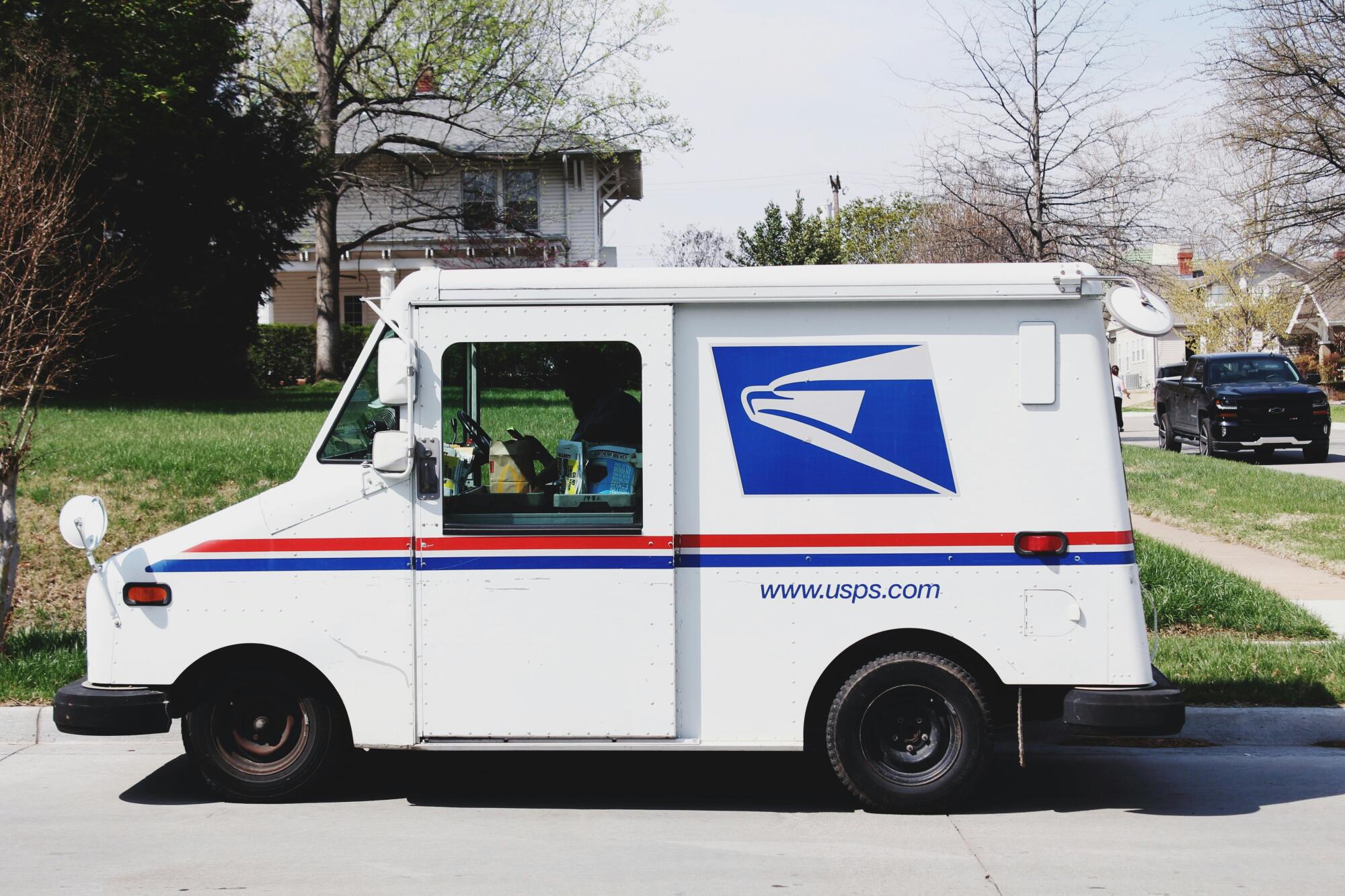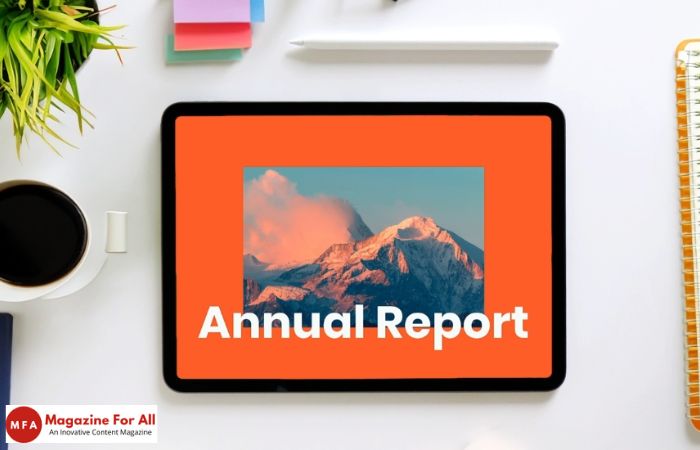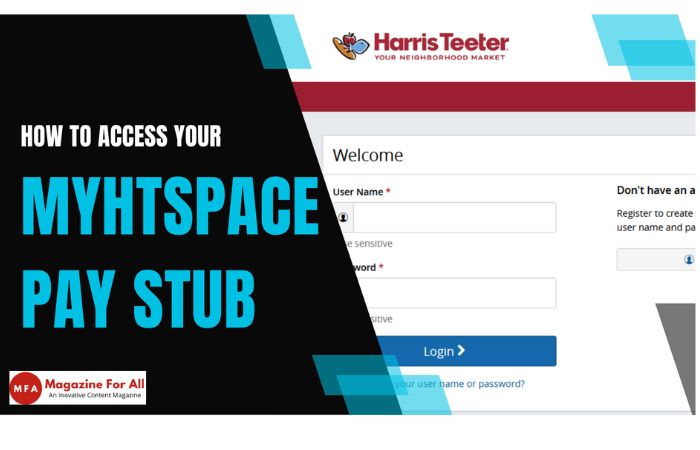In today’s fast-moving digital world, we are surrounded by documents. We read them, write them, send them, and store them. From homework assignments to business contracts, digital documents are a big part of daily life.
But with so many files, things can quickly get messy. That’s why learning how to merge, or combine, multiple PDF files into one neat file can make life so much easier.
Whether you are a student pulling together research papers or a professional organizing reports, this guide will walk you through everything you need to know. Read on to learn more.
What Is a PDF?
Before we dive into merging, let’s take a closer look at what a PDF actually is. PDF stands for Portable Document Format. This type of file was created by Adobe many years ago and quickly became one of the most popular document formats in the world.
The reason PDFs are so widely used is because they keep the same look and layout no matter where you open them. For example, if you make a flyer on your computer and save it as a PDF, it will look exactly the same if you open it on a tablet, phone, or another computer. The fonts, images, colors, and even interactive features like forms stay the same.
A PDF file can contain all kinds of elements. It can include simple text, detailed images, graphics, tables, and even buttons that people can click. Because of this flexibility, PDFs are used in many fields. A student might use a PDF to submit a final project, a company might use it for a brochure, and a lawyer might use it for contracts.
But while PDFs are powerful, they can also pile up quickly. Imagine you are working on a big project, and instead of having one big file, you end up with ten smaller ones. It can get confusing to figure out which file has which part. That’s where merging comes in.
Why Is Merging PDF Files Helpful?
Merging PDF files means combining multiple documents into one larger file. This simple step can save you time and help you stay organized.
Think about what happens when you have a research paper split into five different files. One file has your introduction, another has your graphs, a third has references, and two more contain your drafts. Instead of jumping from file to file, you can merge them into a single document. Now everything is in one place, easy to scroll through, easy to share, and simple to print.
For businesses, merging PDFs is even more important. Teams often work together on large projects. Instead of sending dozens of files back and forth, they can merge everything into a single document, making collaboration smoother and more efficient.
What Is a PDF Merge SDK?
At this point, you might be wondering, “How do I actually merge files?” There are many apps and websites that can merge PDFs for you. But for people who want more control, especially developers or organizations, a tool called a PDF merge SDK can be very useful.
SDK stands for Software Development Kit. A PDF merge SDK is a collection of tools that allows developers to add PDF merging abilities into apps or programs. Instead of using a separate app, developers can build PDF merging right into their software.
In simple terms, a PDF merge SDK is like a toolbox for developers. It gives them everything they need to let people merge files inside other apps or systems.
How to Pick the Right PDF Merge SDK
Not all SDKs are the same. If you want to use one for work or school projects, it’s important to choose carefully. Here are some things to keep in mind:
First, check compatibility. The SDK should work with the programming languages and platforms you already use. Many top SDKs support popular languages like Java, Python, and C#.
Second, look at the features. Some SDKs can do more than just merge. They might allow you to edit documents, add security features, or process large batches of files at once.
Third, think about user feedback. It’s always a good idea to read reviews or ask others about their experience. If an SDK has a good reputation, it’s more likely to run smoothly.
Lastly, check the support and documentation. Good instructions and customer service can make a big difference, especially if you’re new to using SDKs.
Step-by-Step Guide to Merging PDF Files
Now that we understand why merging is useful and what an SDK is, let’s walk through the process of merging PDF files. While the exact steps may vary depending on the SDK you use, the basic process is usually the same.
Step 1: Install the SDK First, download and install the PDF merge SDK you want to use. Make sure you also install any extra tools or files it needs to run correctly.
Step 2: Start the SDK in Your Program Once installed, open the SDK in your chosen programming language or software. This step usually means starting a “merge” class or tool provided by the SDK.
Step 3: Load the Files You Want to Merge Tell the SDK which files you want to combine. This usually means giving it the file paths for each PDF.
Step 4: Merge the Files Run the merge command. The SDK will then combine the files into one. You can often choose the order of the files or even select specific pages to merge.
Step 5: Save the New File When the merging is done, save your new document. Make sure to pick the right format and location so you can find it easily later.
Common Problems and How to Fix Them
Even with good tools, merging PDFs isn’t always perfect. Here are some common problems you might face:
One problem is file size. If you merge a lot of large PDFs, the final file might become very big and hard to share. To avoid this, you can compress or optimize the files before merging.
Another issue is formatting. Sometimes, fonts or layouts look different after merging. Always check the final file and adjust settings if needed.
Finally, you might run into corrupted files. If one of your original PDFs is damaged, the SDK might not be able to merge it properly. Be sure your files open and work correctly before you try to merge them.
Advanced Features of Modern SDKs
Newer PDF merge SDKs come with extra features that make the process even more powerful. One useful option is secure merging, which allows you to add passwords or permissions to your final document. This is especially important if you’re working with sensitive information like contracts or personal records.
Some SDKs also allow document editing during merging. For example, you might be able to rearrange pages, add notes, or highlight text in the final document.
Another advanced feature is cloud integration. This lets you connect directly to cloud storage services like Google Drive or Dropbox. That way, you can merge files stored online and save the finished document back to the cloud without downloading everything to your computer.
Checking the Quality of Your Merged File
Merging your files is only part of the job. After you create the final PDF, you need to check it carefully. A few minutes of review can prevent problems later.
Start by scrolling through the document to make sure no pages are missing. Next, check that the formatting is consistent. For example, the fonts should match, and images should appear where they belong. If your file has interactive elements like forms or links, test them to make sure they still work.
Many people struggle with this task, either because they don’t know how to do it or because they don’t have the right tools. The good news is that merging PDF files isn’t as hard as it might seem. With the help of something called a PDF merge SDK and a little guidance, you can master the process and boost your productivity.
The Bigger Picture: Managing Your Documents
Learning how to merge PDFs is more than just a handy skill, it’s part of a bigger goal of managing documents effectively. In schools, students can use this skill to organize assignments, projects, and study materials. In the workplace, it helps teams stay efficient and professional.
If you ignore organization, documents can pile up and cause confusion. But with merging and other document management techniques, you can save time, reduce stress, and focus on what matters most.
Streamline Your Work
In a world full of digital documents, being able to merge PDFs is a valuable skill. It makes your work neater, easier to share, and more professional. With the help of a PDF merge SDK, you can take this process to the next level by combining files smoothly and even adding advanced features like security and editing.
So whether you’re a student building a portfolio or a professional preparing a report, remember that merging is a simple but powerful way to stay on top of your documents. With practice, you’ll find that it saves you time, reduces mistakes, and makes your digital life much easier.
For more helpful tips, check out the rest of our site today.































































